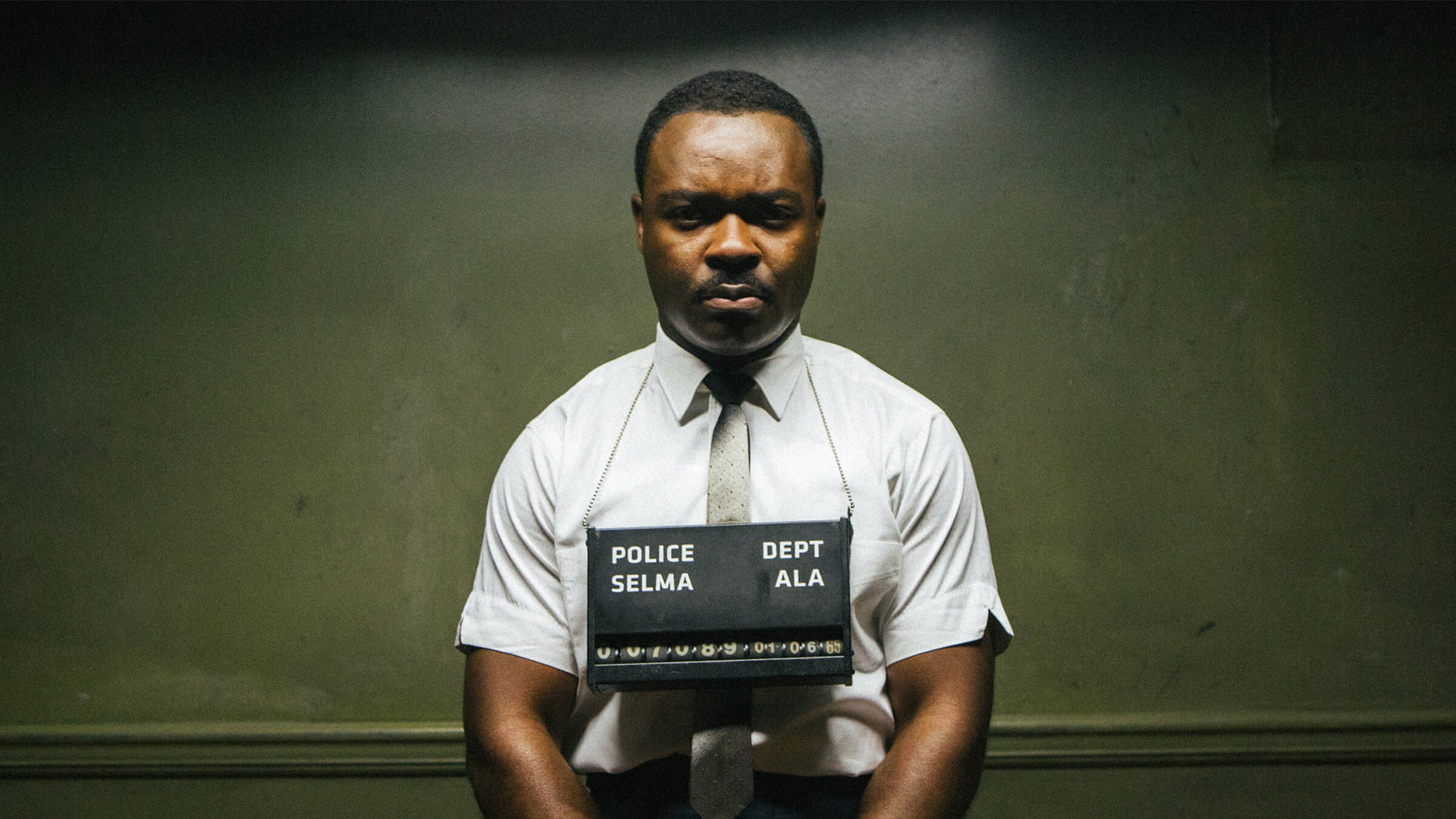
The Civil Rights Movement: A Reflection on the South’s Past and Present
The humid air hangs heavy, thick with the ghosts of struggle and the whispers of progress. The South, a region synonymous with both the brutality of Jim Crow and the triumph of the Civil Rights Movement, continues to grapple with its complex past. To understand the present, we must delve deep into the soil of its history, unearthing the seeds of both oppression and resilience that continue to shape its identity.
The movement wasn’t a singular event, but a tapestry woven from decades of resistance. From the quiet acts of defiance by individuals, like Rosa Parks’ refusal to give up her seat, to the massive demonstrations led by figures like Martin Luther King Jr., the fight for equality was a collective symphony of courage played against a backdrop of entrenched racism. The blood-soaked streets of Birmingham, the echoing calls for freedom from Selma, and the inspirational speeches from the steps of the Lincoln Memorial – these are more than historical events; they are enduring symbols of a struggle for human dignity.
But the South’s story isn’t solely defined by violence and oppression. The movement itself birthed a generation of activists who employed diverse strategies: nonviolent resistance, legal challenges, and the power of the press all played crucial roles. The strength of the movement lay in its ability to unite people across racial and economic lines, a testament to the unifying power of a shared vision for justice.
| Strategy | Example | Impact |
|---|---|---|
| Nonviolent Resistance | Sit-ins, Freedom Rides | Challenged segregation, sparked media attention |
| Legal Challenges | Brown v. Board of Education | Desegregated schools, though implementation was slow |
| Media & Advocacy | Photographs of police brutality | Exposed injustice, galvanized public opinion |
The legacy of the Civil Rights Movement is undeniable. Legally mandated segregation crumbled, and opportunities previously denied to African Americans began to open. However, the fight for true equality continues. The systemic racism that permeated society for centuries hasn’t simply vanished; its tendrils still reach into modern institutions. Disparities in wealth, healthcare, education, and the justice system persist, revealing a deep-seated inequality that remains stubbornly resistant to change.
The South today stands at a crossroads. It is a region grappling with its past while simultaneously striving for a more equitable future. The legacy of slavery and Jim Crow casts a long shadow, but the spirit of the Civil Rights Movement continues to inspire activists working towards racial justice. From voting rights advocacy to economic empowerment initiatives, the fight for equality endures, reflecting the unfinished business of the past.
Understanding this complex legacy requires more than simply acknowledging past injustices. It requires a critical examination of present-day structures and policies that perpetuate inequality. It requires a commitment to dismantling systemic racism in all its insidious forms. Only then can the South truly reconcile with its past and build a future where the promise of equality is a lived reality for all its citizens. The struggle continues, and the story of the South, past and present, is far from over.

Additional Information
The Civil Rights Movement: A Deeper Dive into the South’s Past and Present
While a general overview of the Civil Rights Movement highlights key events and figures, a deeper analysis requires examining the movement’s multifaceted nature, its lasting impact, and the ongoing struggle for racial justice in the American South. This reflection delves into several key areas to provide a more nuanced understanding.
1. The Interconnectedness of Struggles: The Civil Rights Movement wasn’t monolithic. It encompassed diverse strategies and constituencies, including the nonviolent resistance championed by Martin Luther King Jr., the Black Power movement’s more assertive approach advocated by figures like Malcolm X and Stokely Carmichael, and the crucial contributions of women, like Fannie Lou Hamer and Ella Baker, often overlooked in traditional narratives. Understanding these internal debates and differing approaches is crucial to comprehending the movement’s complexities. The success of the movement relied on the convergence of these strategies, though their coexistence was often tense and fraught with internal conflict. For instance, the differences in philosophy between King and Malcolm X highlight the crucial debate around integration versus separation, and the means to achieve either.
2. The Role of the Southern Church: The Black Church served as a vital institution, providing not only spiritual solace but also organizational infrastructure and leadership for the movement. Churches served as meeting places, safe havens, and recruitment centers. Their role extends beyond providing logistical support; the theological underpinnings of nonviolent resistance were deeply rooted in Black religious tradition. Analyzing the crucial role of the Black Church illuminates the deeply spiritual nature of the struggle and the power of faith in mobilizing social change.
3. Economic Inequality and its Persistence: While the Civil Rights Act of 1964 and the Voting Rights Act of 1965 addressed legal segregation and voting rights, they failed to fully address the deeply entrenched economic disparities between Black and white Americans in the South. This continues to manifest in significant wealth gaps, limited access to quality education and healthcare, and persistent residential segregation. Statistics on income inequality, homeownership rates, and access to resources across racial lines would paint a stark picture of the lingering legacy of systemic racism. For example, studies consistently show a significant disparity in wealth accumulation between Black and white families, even when controlling for education and occupation. This economic disparity represents a critical area where the ongoing struggle for racial justice needs further focus.
4. The Legacy of Violence and its Psychological Impact: The movement faced brutal resistance, including police brutality, bombings of churches and homes (e.g., the 16th Street Baptist Church bombing), and widespread acts of violence against activists. The psychological impact of this violence on individuals and communities is a crucial but often overlooked aspect. Examining the trauma inflicted and its intergenerational consequences provides a more complete picture of the movement’s cost and its lasting effects on the psyche of Southern communities. Oral histories and psychological studies can illuminate this hidden dimension of the struggle.
5. The South’s Present: Continued Challenges and Progress: While significant progress has been made since the Civil Rights Movement, challenges remain. Issues such as voter suppression, mass incarceration disproportionately affecting Black communities, and persistent racial bias in the criminal justice system require ongoing analysis. Cases of police brutality and the ongoing debate surrounding Confederate monuments highlight the continuing struggle for racial justice and equality. Examining contemporary events through the lens of historical context allows for a deeper understanding of the systemic nature of these challenges. For example, the analysis of gerrymandering and its impact on minority voting rights demonstrates the ongoing struggle to achieve true political equality.
In conclusion, a comprehensive understanding of the Civil Rights Movement in the South requires going beyond a simple chronology of events. It demands a deeper analysis of the movement’s internal complexities, its economic and psychological legacies, and the ongoing fight for racial justice in the present day. By acknowledging the multifaceted nature of the struggle and its continuing relevance, we can foster a more informed and effective approach to achieving true equality in the South and beyond.






